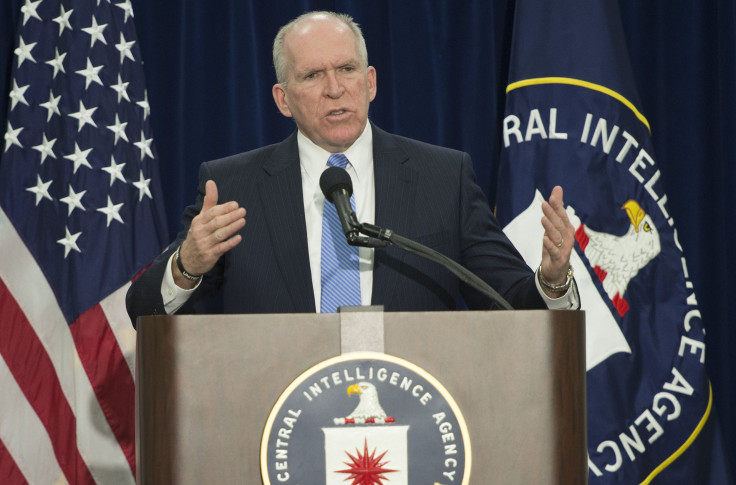CIA Torture Update: Water Dousing Used On At Least 12 Detainees

The CIA used waterboard-like tactics on at least a dozen more people than the agency has previously disclosed, the Guardian reported Friday. The agency says it subjected just three prisoners to waterboarding, widely considered a form of torture, but new lawsuits, documents and last winter’s CIA torture report by the U.S. Senate show that the technique known as “water dousing” was used on at least 13 men.
Like waterboarding, water dousing creates a feeling of drowning, but it also involves chilling a detainee’s body temperature through immersion in cold water or by wrapping prisoners in cold plastic sheets after they are doused with water. This added element of hypothermia, as well as the lack of a board, makes dousing different from waterboarding. However, people familiar with the detainees’ cases told the Guardian the varying strategies represent “a distinction without a difference.”
Because so much of the information surrounding the CIA’s treatment of detainees is classified, lawyers for detainees suing the government cannot reveal details about their clients' experiences. This blackout is partly responsible for the changing understanding of how many detainees experienced different waterboarding techniques.
“First, more than three people were waterboarded,” Laura Pitter of Human Rights Watch told the Guardian. “But second, the CIA used water to torture detainees in a variety of ways that cannot escape classification as torture. Whether on a board or on the floor, they induced near suffocation using water. And whether you call it ‘waterboarding’ or ‘water dousing’, that’s torture – plain and simple.”
In CIA documents reviewed by the Senate Intelligence Committee, a CIA interrogator said dousing “can approach the effect of the waterboard,” and some cases seemed to indicated that dousing occurred “on a waterboard,” further complicating the relationship between the tactics. The three men whom the CIA admits it subjected to waterboarding are Khalid Sheikh Mohammed, Abdel Rahim Nashiri and Abu Zubaydah. A CIA document from March 2013, however, says Mohammed experienced both waterboarding and dousing sessions.

Recent lawsuits assert that five men were not attached to a board during their water dousings, and the Guardian reported that a lawsuit filed this week by two of the men described the dousing as “a form of waterboarding.”
The Senate’s 2014 report suggests that another seven men were subjected to the dousing technique. In that report, a CIA interrogator is cited as doubting whether water dousing was substantially different from waterboarding.
“I have serious reservations about watering in a prone position because if not done with care, the net effect can approach the effect of the water board. If one is held down on his back, on the table or on the floor, with water poured in his face, I think it goes beyond dousing and the effect, to the recipient, could be indistinguishable from the water board,” a CIA interrogator wrote in a November 2003 email.
The CIA has classified dousing as an “enhanced” technique. According to the Guardian, CIA officials did not provide a response as to why it considers dousing different from waterboarding.
“CIA’s 2013 response to the Senate Select Committee on Intelligence study acknowledges that the program had shortcomings and the agency made mistakes,” CIA spokesman Dean Boyd told the Guardian. “The most serious problems occurred early on and stemmed from the fact that the agency was unprepared and lacked the core competencies required to undertake an unprecedented program of detaining and interrogating suspected terrorists around the world. In carrying out that program, CIA did not always live up to the high standards that we set for ourselves and that the American people expect of us. CIA has owned up to these mistakes, learned from them and taken numerous corrective actions over the years.”
© Copyright IBTimes 2024. All rights reserved.






















